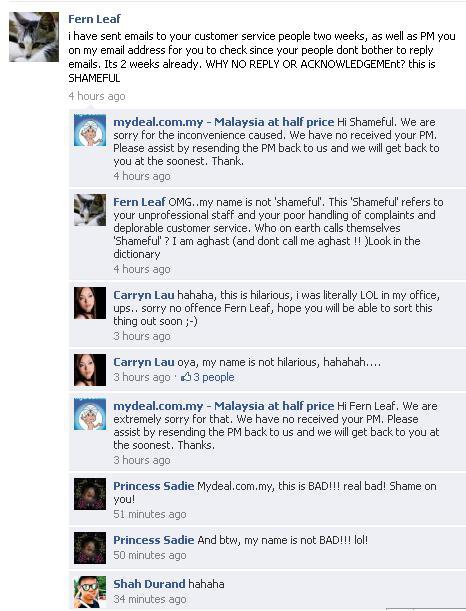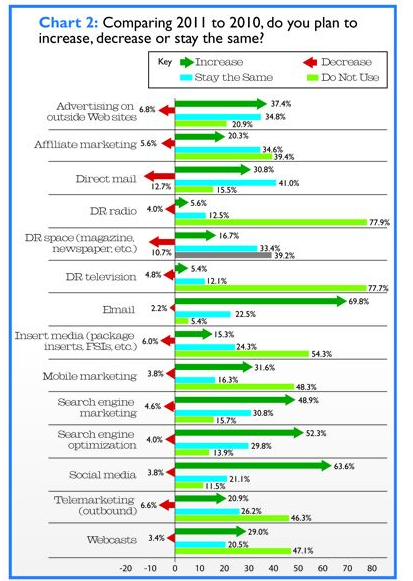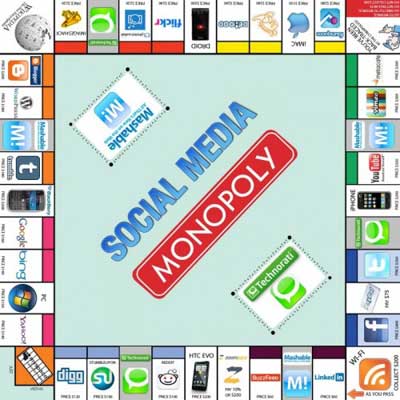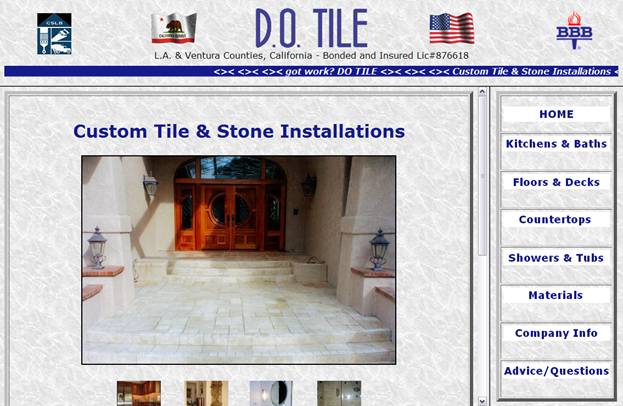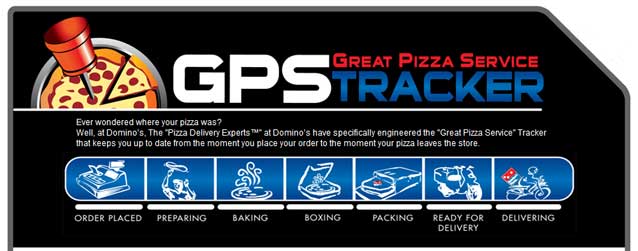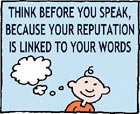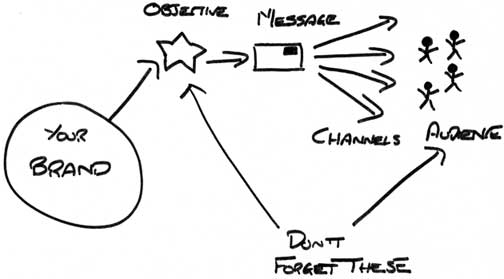Are You Building Engagement Points for Your #SocialMedia Campaigns?
The objective of this article is not to remind you how powerful and important social media is to your business today but to tell you that being on social media is not the solution to stay competitive in the market.
We all know that social media platforms such as Facebook, Twitter and YouTube are great tools to maximize online visibility. The question is, how can your business capitalize on the growing evolution of social media and not fizzle out?
If you already have a social presence, great! This may help you enlarge your ‘territory’. If you’ve yet to integrate social media into your business, consider this as a point for having one:
Creating Social Engagement Points for Your Business
Yes, you may have a blog or a Facebook page but do you know how many engagement points are you using? In other words, how are you allowing your customers to engage with you? Identifying your engagement points can maximize your effectiveness on that platform simply because you’re allowing your audience to engage with you differently.
Take a look at the video below:
Now this video has nothing to do with blogs, Facebook or Twitter but it holds one powerful concept to being successful on social media: enlarging engagement points so that their customers can engage with them (through purchasing) even outside of their stores.
Tesco realized 2 important points:
1a. To increase engagement points does not mean they have to be opening new outlets everywhere. In social media, that also translates to you do NOT need to be on every social media platform just to be seen engaging with your customers.
1b. To effectively engage with your customers, you need to be where they are at and in this case, it was the subway. Where are your customers congregating? Are they even on Facebook to begin with? Or would they be hanging out in technology forums? DeviantArt, perhaps? Know where they are and be there!
2. The power of having 1 platform but multiple engagement points. Tesco used the subways as the platform along with QR codes – not one, but one for every product. Think about it – Tesco could have done only ONE QR code and redirect the customer to their online shopping site for the purchase to take place but they chose to have them individually. This boosts interactivity and allows customers to actively engage in a different way.
How are you allowing your customers to engage with you on social media? Only on your Facebook wall? Your comments section? How many engagement points do you have?
17 Simple Engagement Points for Your Blog and Facebook Page
#1: Wall (yours)
#2: Wall (your customers’)
#3: Questions / Polls
#4: Contests
#5: Welcome Page
#6: Subscription Tab
#7: ‘Like’ / ‘Share’ Button
#8: Profile Picture (e.g. fan of the week)
#9: Photo Tagging
#10: Events
Blog
#11: Comments
#12: Social Sharing (Retweet, Share, Digg, Stumble, +1, etc)
#13: RSS Subscription
#14: Email Subscription
#15: Contact Page
#16: Links to your Social Profiles (Facebook, Twitter, LinkedIn, YouTube etc)
#17: Guest Posting




